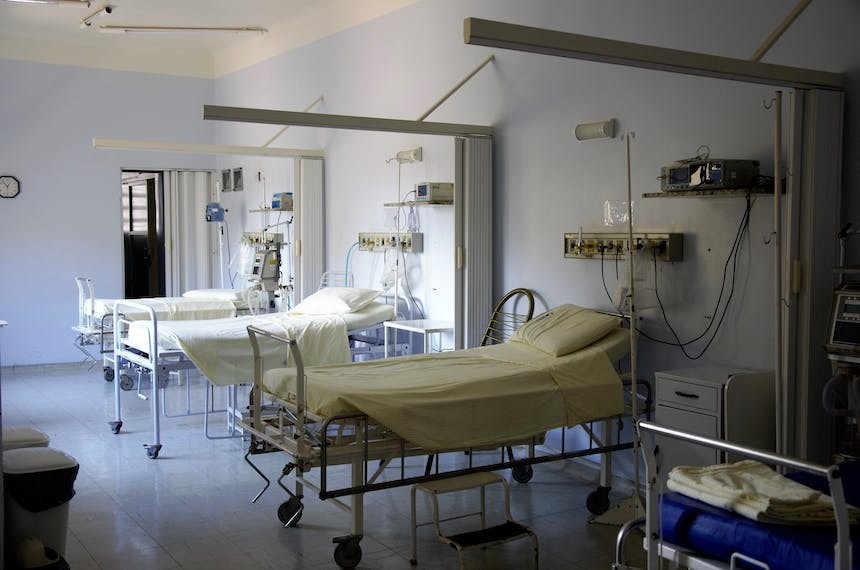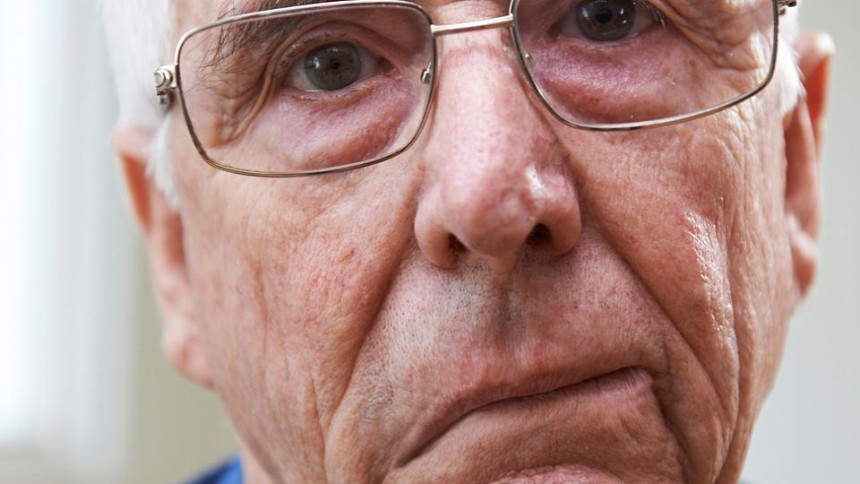
Duchenne Muscular Dystrophy
Duchenne muscular dystrophy (DMD) is a progressive genetic disorder with muscle weakness, cardiomyopathy, and respiratory problems. Multidisciplinary care, glucocorticoids, and genetic therapies are key treatments. Cardiomyopathy is managed with angiotensin receptor blockers, and respiratory issues require monitoring and interventions. Palliative care provides support at all stages.
Introduction to Duchenne Muscular Dystrophy (DMD)
Duchenne muscular dystrophy (DMD) is an inherited (X-linked) progressive myopathic disorder resulting from defects in a number of genes required for normal muscle function. Muscle weakness is the primary symptom of DMD. DMD is associated with more severe clinical symptoms and an earlier age of onset compared with Baker muscular dystrophy. Also, DMD is associated with growth delay, dilated cardiomyopathy, conduction abnormalities, arrhythmias, respiratory failure, increased risk of fractures and/ or cognitive impairment. (1, 2)
Multidisciplinary Care for DMD
Multidisciplinary care is essential and it includes specialists in neurology, cardiology, pulmonary, orthopaedic, nutritional, psychiatry, occupational therapy and physical therapy. Physical therapy through stretching exercises at the ankles, knees and hips to prevent contractures of the Achilles tendons, iliotibial bands, and flexors of the hip is important to reduce the risk of contractures. Lightweight plastic ankle-foot orthoses should be applied if the foot remains in plantar flexion during sleep. Standing and/or walking may be maintained by using long-leg braces. Also, palliative care can help patients and families at various points in the course of disease, including diagnosis, decline in health status, life-threatening events, and end-of-life care. (3, 4)
Pharmacological Treatment for DMD
Glucocorticoids are the mainstay of pharmacological treatment for DMD. It should be started before there is substantial physical decline. They include either prednisolone (0.75 mg/kg daily up to a maximum dose of 40 mg daily), or deflazacort (0.9 mg/kg per day). (4)
Genetic Therapies for DMD
Other genetic therapies which involve exon skipping (eteplirsen [30 mg/kg once a week by intravenous infusion over 35 to 60 minutes], gogodirsen [30 mg/kg once a week by intravenous infusion over 35 to 60 minutes], viltolarsen [80 mg/kg once a week, given by intravenous infusion over 60 minutes]) or read- through of premature termination codon (ataluren) (10 mg/kg in the morning, 10 mg/kg at midday, and 20 mg/kg in the evening, for a total daily dose of 40 mg/kg) are approved in some countries for the treatment of DMD. (5, 6, 7)
Treatment for Cardiomyopathy and Respiratory Complications
Early diagnosis and treatment of cardiomyopathy in patients with DMD is important for improving quality of life and improving survival. Surveillance for affected boys at the time of diagnosis of DMD, includes electrocardiogram, noninvasive imaging with echocardiography or cardiac magnetic resonance imaging (MRI), and consultation with a cardiologist. The cardiac evaluation should be repeated at least annually for asymptomatic individuals. Surveillance for female carriers is also recommended from the late adolescence or early adulthood and has to be repeated every three to five years. Treatment of cardiomyopathy is with an angiotensin receptor blocker (ARB), such as, perindopril (2 to 4 mg/day). Overt heart failure is treated with other therapies, such as, diuretics and digoxin. (8) Also, respiratory management is a critical component of DMD care. Serial monitoring of vital capacity (VC) should begin when the individual is five to six years of age and followed yearly during the ambulatory stage. All patients should receive yearly immunizations with inactivated influenza vaccine and pneumococcal vaccine. Lung volume recruitment, using a self-inflating manual ventilation bag or mechanical insufflation– exsufflation to achieve deep lung inflation once or twice daily, when vital capacity is <60 percent of predicted. Manual and mechanically assisted cough techniques are required when VC <50 of predicted. Also, nocturnal noninvasive ventilation with back- up rate of breathing when VC <50 of predicted. Assisted daytime ventilation is added when daytime SpO2 is <95 percent, pCO2 is >45 mmHg, or symptoms of awake dyspnea are present. (9)
References
1- Yiu EM, Kornberg AJ, dystrophy Dmuscular. Duchenne muscular dystrophy. J Paediatr Child Health 2015;51:759–64.
2- Mah JK, Korngut L, Dykeman J, et al. A systematic review and metaanalysis on the epidemiology of Duchenne and Becker muscular dystrophy. Neuromuscular Disorders 2014;24:482–91.
3- Bach JR, Gonçalves MR, Hon A, et al. Changing trends in the management of end-stage neuromuscular respiratory muscle failure: recommendations of an international consensus. Am J Phys Med Rehabil 2013; 92:267.
4- Birnkrant DJ, Bushby K, Bann CM, et al. Diagnosis and management of Duchenne muscular dystrophy, part 1: diagnosis, and neuromuscular, rehabilitation, endocrine, and gastrointestinal and nutritional management. The Lancet Neurology 2018;17:251–67.
5- EXONDYS 51 (eteplirsen) prescribing information. http://exondys51hcp.com/sites/default/files/EXONDYS51PI.pdf
6- FDA grants accelerated approval to first targeted treatment for rare Duchenne muscular dystrophy mutation. https://www.fda.gov/news-events/press-announcements/fda-grants-accelerated-approval-first-targeted-treatment-rare-duchenne-muscular-dystrophy-mutation
7-Vyondys 53 (golodirsen) prescribing information. https://www.vyondys53.com/Vyondys53_(golodirsen)_Prescribing_Infor mation.pdf
8-Birnkrant DJ, Bushby K, Bann CM, et al. Diagnosis and management of Duchenne muscular dystrophy, part 2: respiratory, cardiac, bone health, and orthopaedic management. Lancet Neurol 2018; 17:347.
9-Ishikawa Y, Miura T, Ishikawa Y, et al. Duchenne muscular dystrophy: survival by cardio-respiratory interventions. Neuromuscul Disord 2011; 21:47.





